TCNJ: An Imperfect Portrait of the Greater Trenton Area
By Aiden Brewer, Lex D'Andrea, Martina Malak, and Sean RhaticanDecember 4, 2018
The College of New Jersey (TCNJ) is deeply tied to the cities of Trenton and Ewing, so much so that the school contained Trenton in its name until 1996 when it reverted to its current title. But is the student body and their voting habits representative of the city and the greater Trenton area? According to Dr. Daniel Bowen of The College of New Jersey, the answer is “yes and no.” But what exactly does this mean?
The similar voting habits of the Trenton/Ewing area and The College of New Jersey might be most telling of the appeal of the democratic party to different groups of people- in that demographically, the two couldn’t be more different. Demographically, The College of New Jersey is 65% White, 13% Hispanic/Latino, 12% Asian and 6% African-American/Black. Trenton, on the other hand, is 50% African-American/Black, 33% Hispanic/Latino, 13.6% White and 1.3% Asian. The average family income of a student at The College of New Jersey is $133,000, while the average income of a family in Trenton is $34,412. There is also a noticeable age gap- with most students from the college falling between the ages of 18-22, while the median age in Trenton is 33.7 years old.
Public opinion of both the college and the city vary wildly as well. The College of New Jersey is widely acclaimed as one of the best public universities in the northeast, ranked 1st in top public north regional schools by US News and World Report. Trenton, on the other hand, is widely condemned as a poor place to live. Indeed, comparing the demographics of the college and Trenton, TCNJ students are much more wealthy (or at least come from much more affluent families).
What comes as most surprising is how similar these two very different groups of people vote. In regards to the 2018 midterm elections, political respondent Michael Spadoro predicted an “overwhelming democratic wave” for both Trenton and TCNJ. Post midterm results would prove him correct. Democratic candidates swept the electron across almost all Trenton/Ewing districts. Additionally, an exit poll conducted by the group indicates that 59.1% of TCNJ students identify as Democratic, and 55.5% voted Democratic in the midterm elections.
So why do these two different and diverse groups vote so similarly? Dr. Daniel Bowen, Chair of the Political Science Department of The College of New Jersey believes “College students and the residents of Trenton and Ewing vote Democratic, however for different reasons”. He explains that young college students tend to vote Democratic for aid with their student loans, support for a more diverse college campus, and for their desire to achieve a higher education. Dr. Bowen also commented on the younger generation and their voting habits, remarking “Young people who tend to vote Democratic also desire a higher education, also that Democrats who desire a higher education are moving in and around urban areas”. When discussing the reasons why Trenton-Ewing residents vote Democratic, the differing motives of these residents from college students became clear. Due to the diverse demographics of the surrounding area and lower income, the inhabitants of the Trenton/Ewing area tend to vote Democratic for social reasons. These reasons include increased taxes to support the welfare system or the food stamp system to aid them. So what is the source for these differing reasons for voting Democratic? The answer rests in the differences in the demographics of the two very different groups of people. The students of TCNJ tend to be middle class and Caucasian. These students tend to be financially and socially better off than the residents of Trenton and Ewing. On the other hand, the residents of Trenton and Ewing tend to be of a diverse community. This stark contrast leads to the idea that TCNJ is partially representative of Trenton and Ewing voting demographics.
While the people vote the same way, the people are not very similar at all. When the data plotted race against political party a majority of African Americans, Asians, and Whites, all identified as Democratic. While on average Whites tended to be middle to upper-middle class whereas Asians and African Americans tended to be lower-middle to middle class. The white Democrats are younger voters so they are more liberal and democratic. On top of that impoverished minorities will be even more likely to vote Democrat. The only group to swing Republican was Latinos because on average there were more of them who labeled themselves as upper-middle-class than middle or lower-middle class. Compare this to the demographics of Trenton and Ewing where the people tend to be worse off and low-income and there is no real connection other than the low-income students at TCNJ follow suit with the low-income residents of Trenton and Ewing. However, these students do not fully represent TCNJ thus the demographics are still dramatically different as a result of the cost of college and the areas the students are from.
It is evident that TCNJ is semi-representative of Trenton and Ewing. The people just vote the same way for different reasons. The area of TCNJ vs. Trenton and Ewing is a perfect foil as to how areas can vote the same way but be drastically, demographically different at the same time.
Works Cited
GREGOR AISCH, LARRY BUCHANAN, AMANDA COX and KEVIN QUEALY. “Economic Diversity and Student Outcomes at College of New Jersey.” The New York Times, The New York Times, 18 Jan. 2017, www.nytimes.com/interactive/projects/college-mobility/the-college-of-new-jersey.
“Race and Ethnicity in Trenton, New Jersey (City).” Educational Attainment in the United States - Statistical Atlas, statisticalatlas.com/place/New-Jersey/Trenton/Race-and-Ethnicity.
“Trenton, NJ.” Data USA, datausa.io/profile/geo/trenton-nj/.
Badger, Emily, and Quoctrung Bui. “Detailed Maps Show How Neighborhoods Shape Children for Life.” The New York Times, The New York Times, 1 Oct. 2018, www.nytimes.com/2018/10/01/upshot/maps-neighborhoods-shape-child-poverty.html.
“The Opportunity Atlas.” The Opportunity Atlas, www.opportunityatlas.org/.

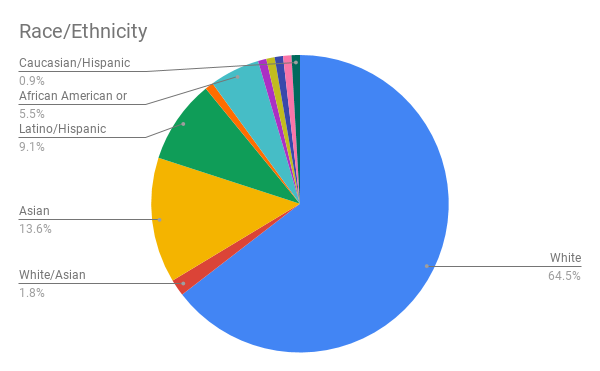


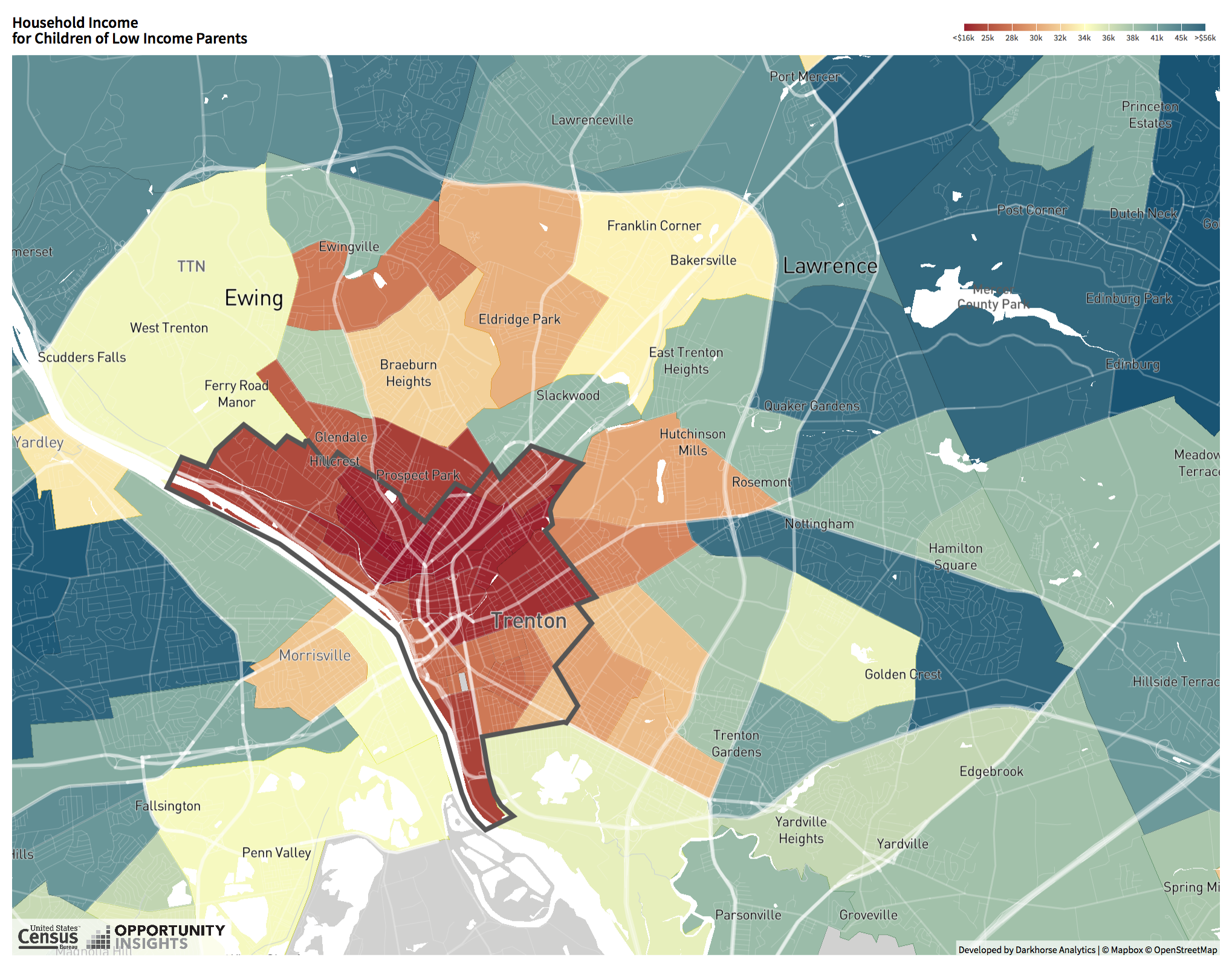
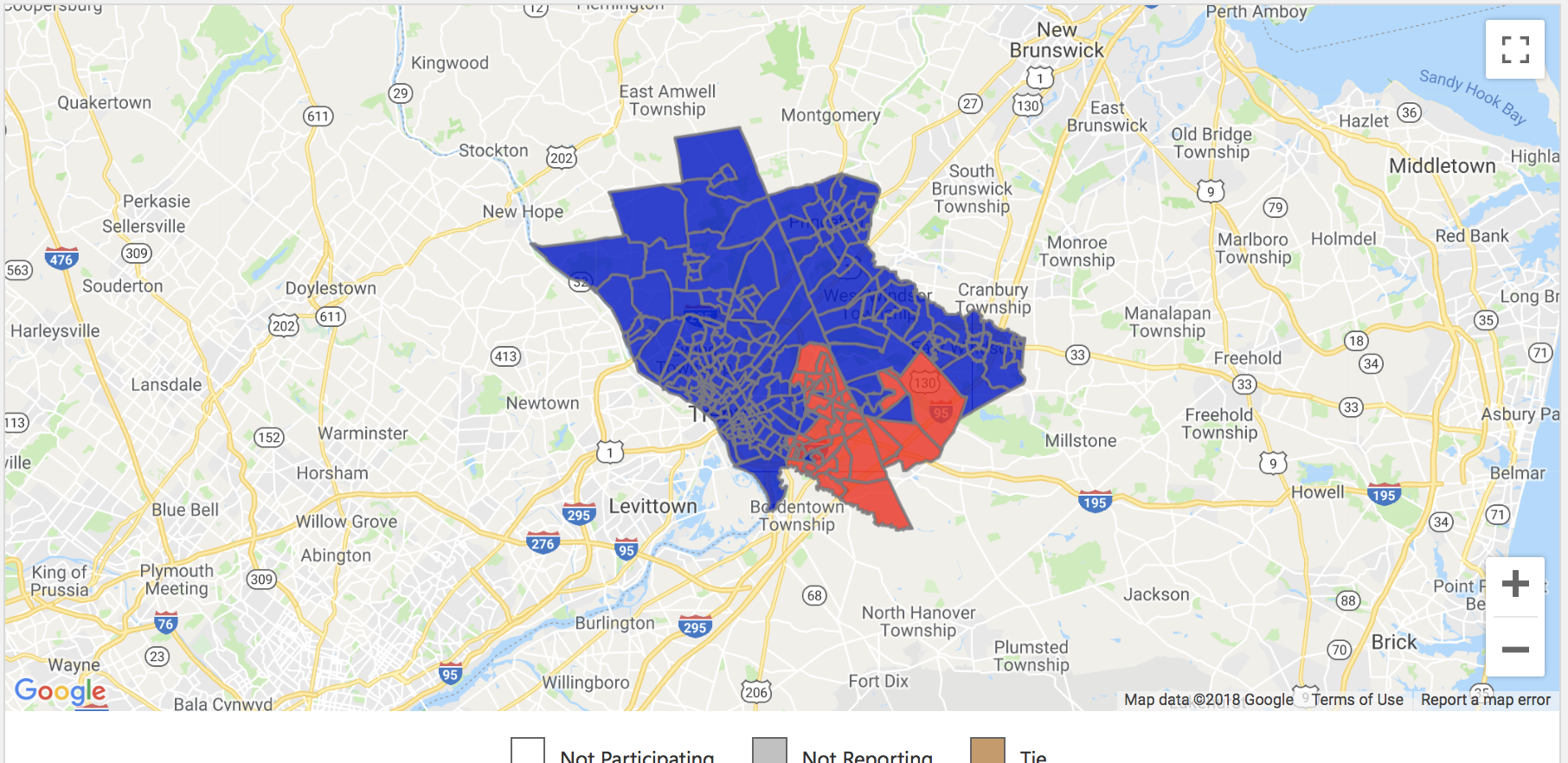
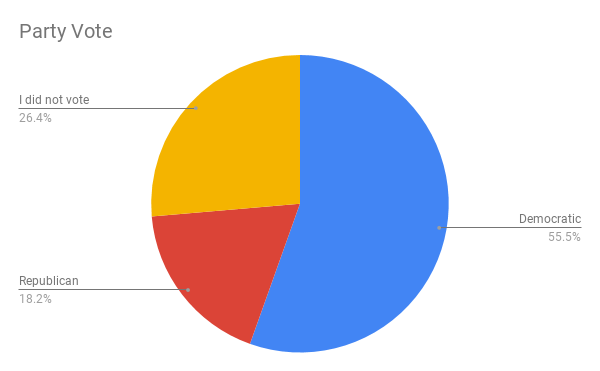
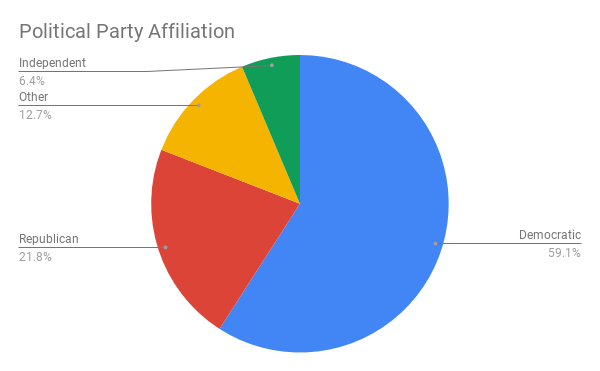
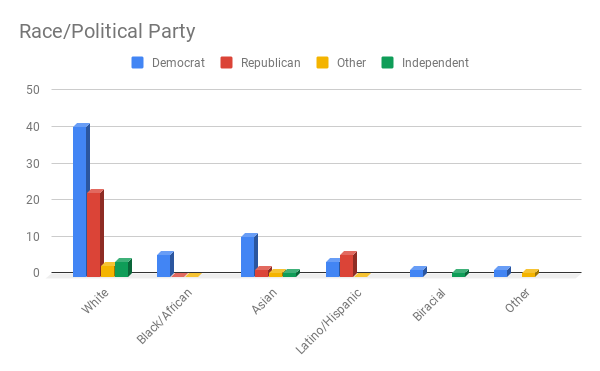



Leave a comment
You must be logged in to post a comment.